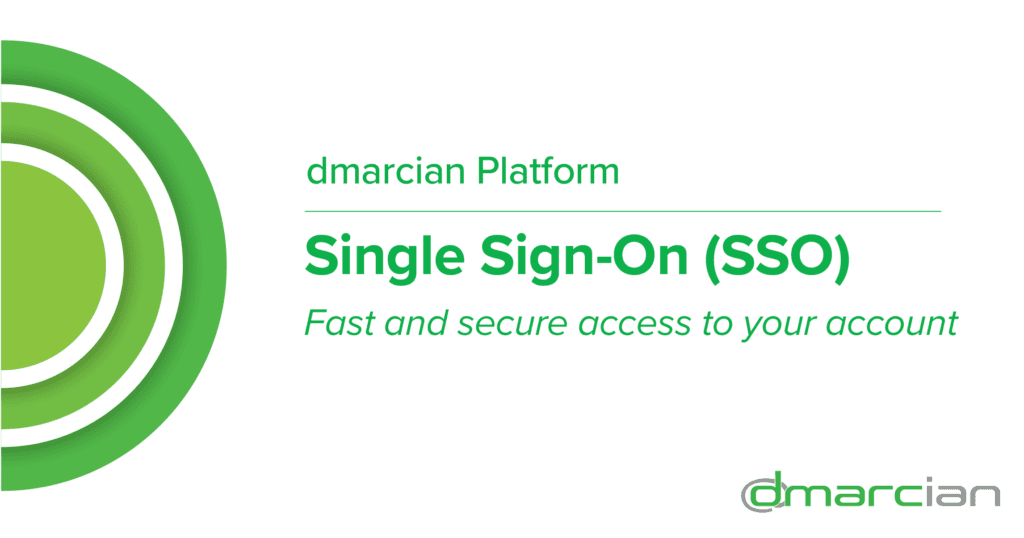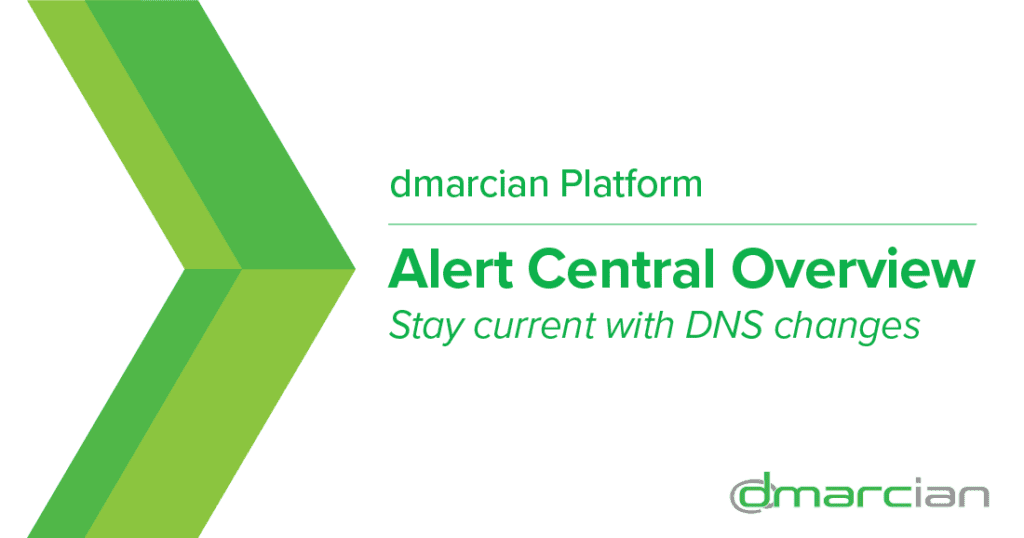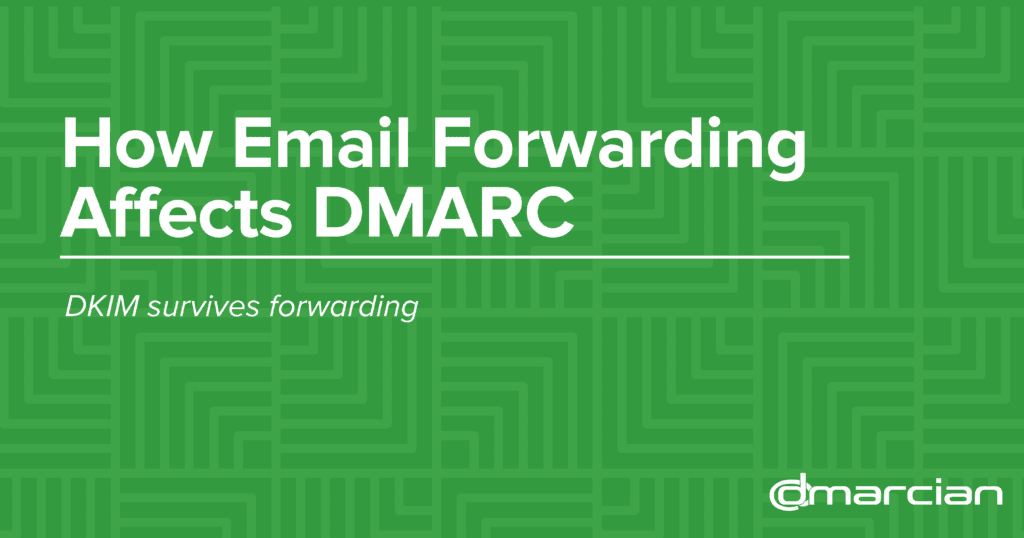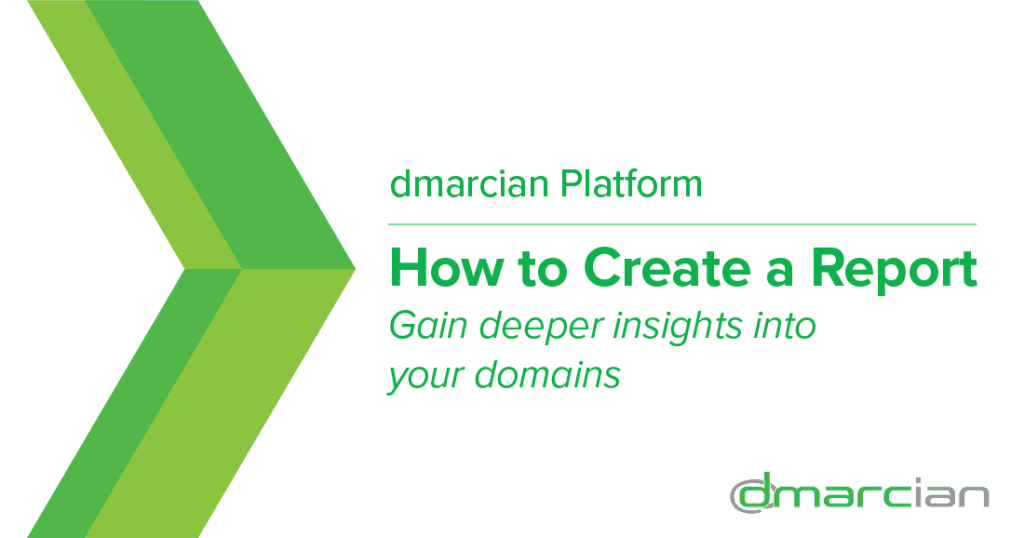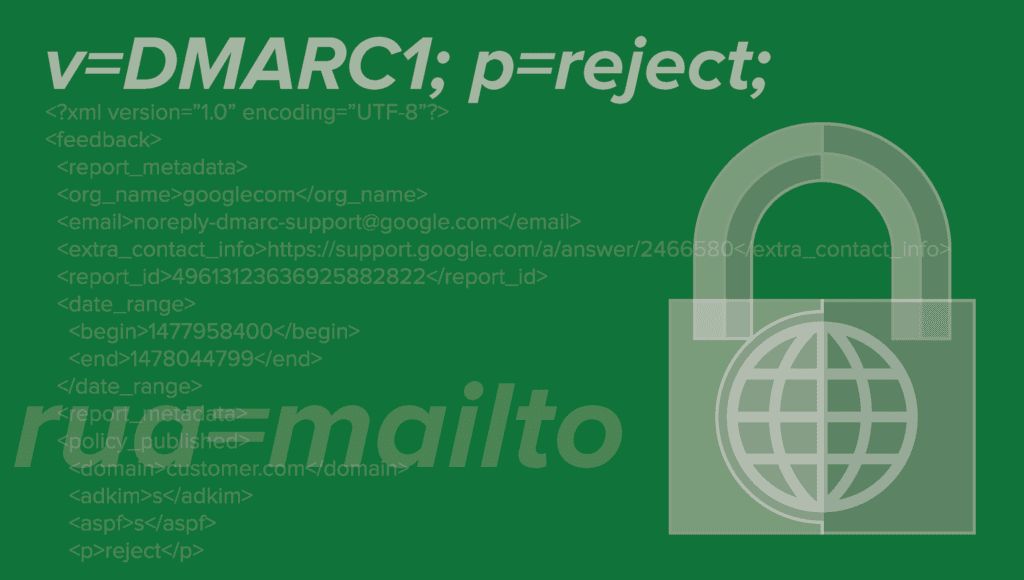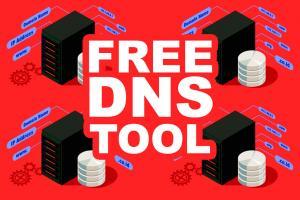dmarcian Platform
Google and Yahoo’s DMARC requirements will be enforced in February 2024 for higher volume senders. We have resources to help you prepare for DMARC and other sender requirements to ensure your email delivery won’t be disrupted. Why DMARC now? There are few mechanisms that prohibit bad actors from sending an email pretending to be you. DMARC is the main control for fighting domain abuse. It’s a free and open technical specification that authenticates emails with SPF and DKIM. By publishing a DMARC record in your domain’s DNS, you can fight business email compromise, phishing and spoofing. DMARC, SPF and DKIM aren’t newcomers to the email authentication scene—they’ve been around for over a decade and have grown to become a best practice. Email is involved in more than 90% of all network attacks; without DMARC, it can be hard to tell if an email is real or fake. Because of the
Our Single Sign-On (SSO) support leverages Security Assertion Markup Language (SAML) version 2 for Enterprise users. This expedites access to your dmarcian account by letting you sign in with your existing corporate credentials, which means one less password to keep track of. With our SSO, you can easily manage SSO access and user permissions to all of your accounts in dmarcian centrally while adhering to your organization’s security and access policies. Before getting into the details for SSO configuration, let’s first talk about some basic concepts and terminology: Authentication Authentication defines how the user is identified in a system—usually through a login process. Traditionally, a user registers for an account providing authentication credentials (username and password) and uses them to log in moving forward. In the past, this has been sufficient, but it does have limitations. For example, what happens if you have a several employees at your company that you want to grant access
Based on domain events that act as triggers for sending alerts, the highly customizable Alert Central feature on dmarcian’s DMARC Management Platform allows you to monitor your domains without having to login to your dmarcian account. Events could include new or changed DNS records (e.g. we see a new DMARC record) and fluctuation in volume across categories of traffic for your domains. You can choose from common communication channels for alerts—email, Slack, Teams or webhook. The alert will provide you with the details of the event and a link to your dmarcian Timeline for you to get even more information. How does Alert Central Work? Alert Central is based around the dmarcian Timeline. Like the Timeline, you choose which changes to track, and the alerts ensure that you’re aware of the changes in real time. When we notice a DNS change, a change event gets triggered. If a DNS record
Email forwarding can sometimes throw a wrench in DMARC authentication results, and we often get questions about how to manage forwarded emails, especially with mailing lists. Emails are forwarded automatically all the time, more so than most people expect. Forwarding happens automatically when you send an email to myfriend@example.com and that person has set up their email to be forwarded to a separate inbox, like myfriend@dmarcian.com. Another common instance of automatic forwarding is a mailing list, like Google Groups. From the perspective of the email receiver—the one that is generating DMARC XML reports—your email appears to be coming from an infrastructure that has nothing to do with you. In Google Groups, DMARC data that displays forwarding will show your domain as a sender, a Google IP as the sender, and a variety of receivers who send the DMARC report as part of their DMARC check. This number can increase quite
Reports generated from our DMARC Management Platform give you insight into what is happening with a particular aspect of your domains. A useful resource to keep decision makers and stakeholders informed and updated relative to DMARC deployment and maintenance, reports help to bridge this gap. For dmarcian’s MSP and MSSP Partners, reports can be utilized to provide information to their client base. Since MSP clients can’t view their domain details on the dmarcian platform, reports are a way MSPs can keep their clients informed of their DMARC project. The following reports can be generated from our platform: Domain Status Reports: contains domain status information including email authentication deployment state and volume statistics. This report is based on the past seven days of data from the time it was generated. Issue Summary Reports: lists outstanding issues related to email authentication deployment. Account Progress Reports: provides an overview of all domains in
To fulfill dmarcian’s mission of spreading DMARC everywhere, we know that partnering with Managed Service Providers (MSP) is essential. In order for that partnership to be successful, dmarcian created a solution that gives MSPs the functionality, tools and education to manage their clients’ DMARC projects through one application. Our Client Groups feature allows MSPs to manage their clients in one account. A Client Group is simply a customer of an MSP. Every time a new customer’s domains are added into the dmarcian application, a new Client Group should be created to house those domains. This allows the MSP to know which domains belong to a particular customer and makes the information easily visible in the application. The ability to manage all customer’s DMARC projects in the dmarcian application is through Client Groups. How to Add a Client Group Once you are logged into the platform, click the Add Group button: After clicking
SPF allows a domain owner to publish a list of servers that are allowed to send on behalf of a domain. When processing a domain’s DMARC data, dmarcian uses the domain’s SPF record to identify IPs that are authorized by the domain. The post SPF-Identified Servers—What is this Source? appeared first on dmarcian.
To fulfill dmarcian’s mission of spreading DMARC everywhere, partnering with Managed Service Providers (MSP) is essential. In order for that partnership to be successful, dmarcian created a solution that gives MSPs the functionality, tools and education to manage their clients’ DMARC projects through one application. The post How To Create a Client Group appeared first on dmarcian.
Here’s a checklist you can use to get DMARC into place. The post DMARC Deployment Checklist appeared first on dmarcian.
The SPF Surveyor is a diagnostic tool that presents a graphical view of SPF records for a specific domain. This view can help you figure out which entries are in use and which ones are no longer needed. The post SPF Surveyor: See your SPF Record Activity appeared first on dmarcian.


